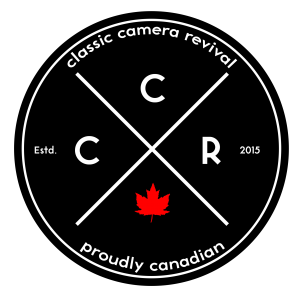We here at the CCR have discussed the iconic Hasselblad camera system before and were to be rather honest rather critical on the system. But we didn’t dig too deeply into the camera’s history from it’s beginnings to where it has gone to date. That system is the V-System (formerly 500-Series), and today to help us dig into the camera’s history is two guests from Photoklassic International, Marwan Mozayen and Charys Schuler.
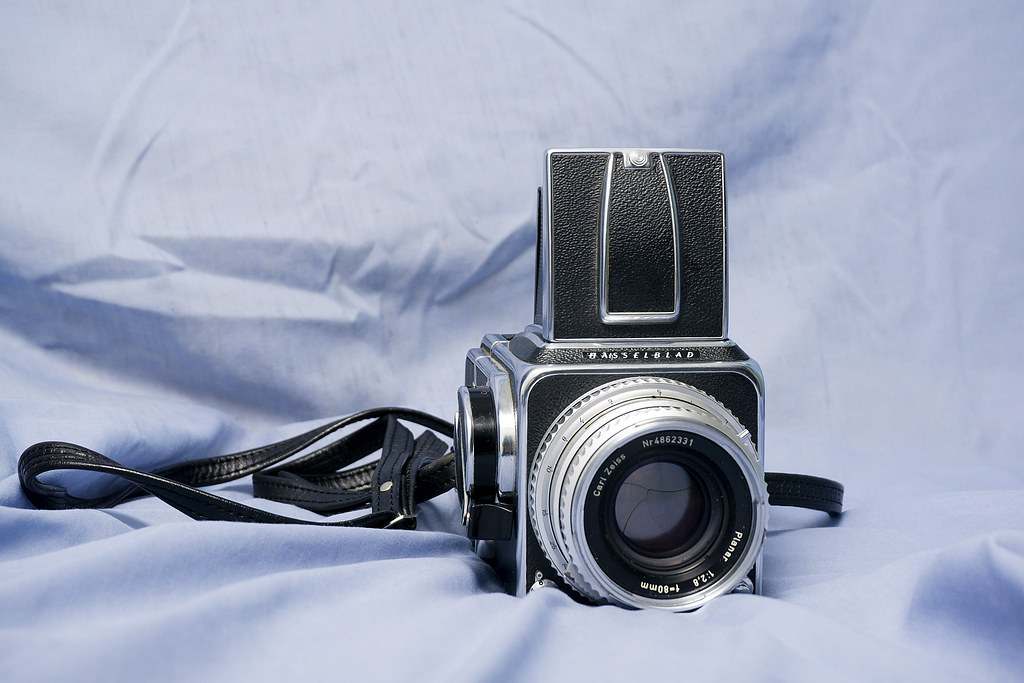
As a company, Hasselblad was not always in the photographic industry. Started in 1841 the F.W. Hasselblad & Co. began as a trading company importing household goods into Sweeden which included sewing material and machines, household materials, and travel accessories. It got into the photo business after a chance meeting between the Fritz Victor’s son, Arvid Vikor and one George Eastman in London England in 1885. The two arranged to have F.W. Hasselblad & Co become the sole distributor of Eastman and later Kodak photographic supplies. Oddly, Fritz never expected the photographic market to be a profitable venture, but it certainly helped feed Arvid’s love of photography. The photographic division quickly earned a lot of money that it split off the main company to become Hasselblad Fotografisk AG in 1908. When Arvid’s son, Karl took over the company he desired his son Victor to learn everything about the rising photographic industry and in 1924 sent Karl to Dresden in Germany. Karl worked among the camera, lens, and film factories and various shops and labs. In 1926 he went over to America where George Eastman took the young man under his wing as a protégé. After Eastman’s death by suicide, Victor returned to Sweeden in 1934. He began to publish his own photographic work and in 1937 opened his own camera workshop, store, and lab.




A chance downing and capture of a Luftwaffe surveillance plane allowed the Sweedish airforce to inspect an ariel surveillance camera. Victor, now tinkering part-time to build a camera of his own was given the contract to engineer a similar surveillance camera for the Sweedish airforce. He developed the HK-7 in 1941, but the death of his father in 1942 granted him control of the Hasselblad company in 1943. This move gave him access to a wide range of skills that he went on to develop the SKa-4, producing some 342 cameras for the airforce by the time the war ended in 1945. Hasselblad at this time produced more than just cameras, they also had a massive watch building line and slide projectors. These two manufacturing lines along with the camera production would give Victor the skills and resources needed to build a high-quality civilian camera. Design work on the camera would be completed by Sixten Sason who is better known for his work with Saab. It would take three years before the first Hasselblad 1600F to hit shelves in 1948. Hasselblad would produce the camera bodies and his friends at Kodak supplied the optics in the form of Kodak Ektar lenses. The camera’s themselves were incredibly complex, overengineered, and did not have the best reputation in regards to reliability. An improved version saw release in 1950 but still suffered the same trouble as the series one, that focused on the shutter that needed near-constant adjustments to keep the shutter speeds accurate. Hasselblad’s response would be the 1000F released in 1953. A far simpler camera that still used a focal plane shutter but now featured Carl Zeiss optics. It also got the Hasselblad name to the general public with a favourable review in the magazine Modern Photography.
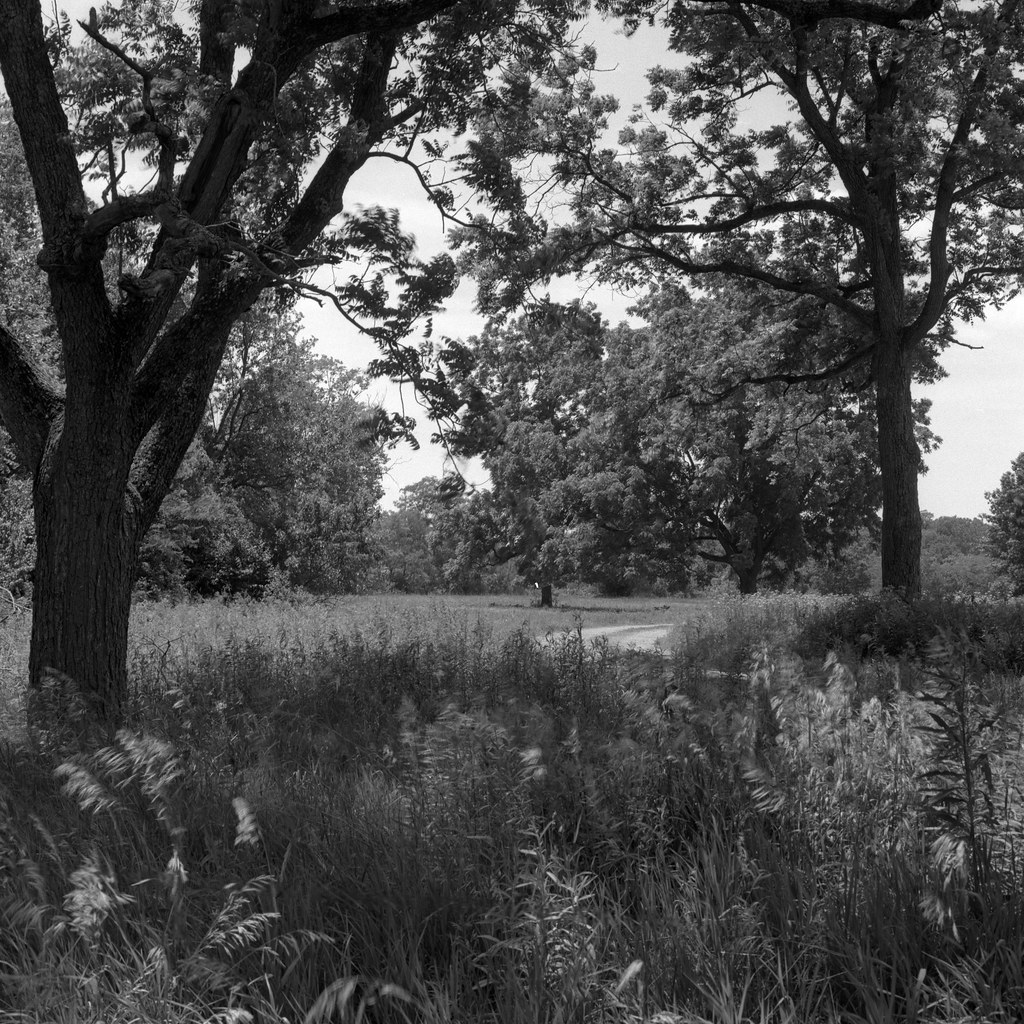

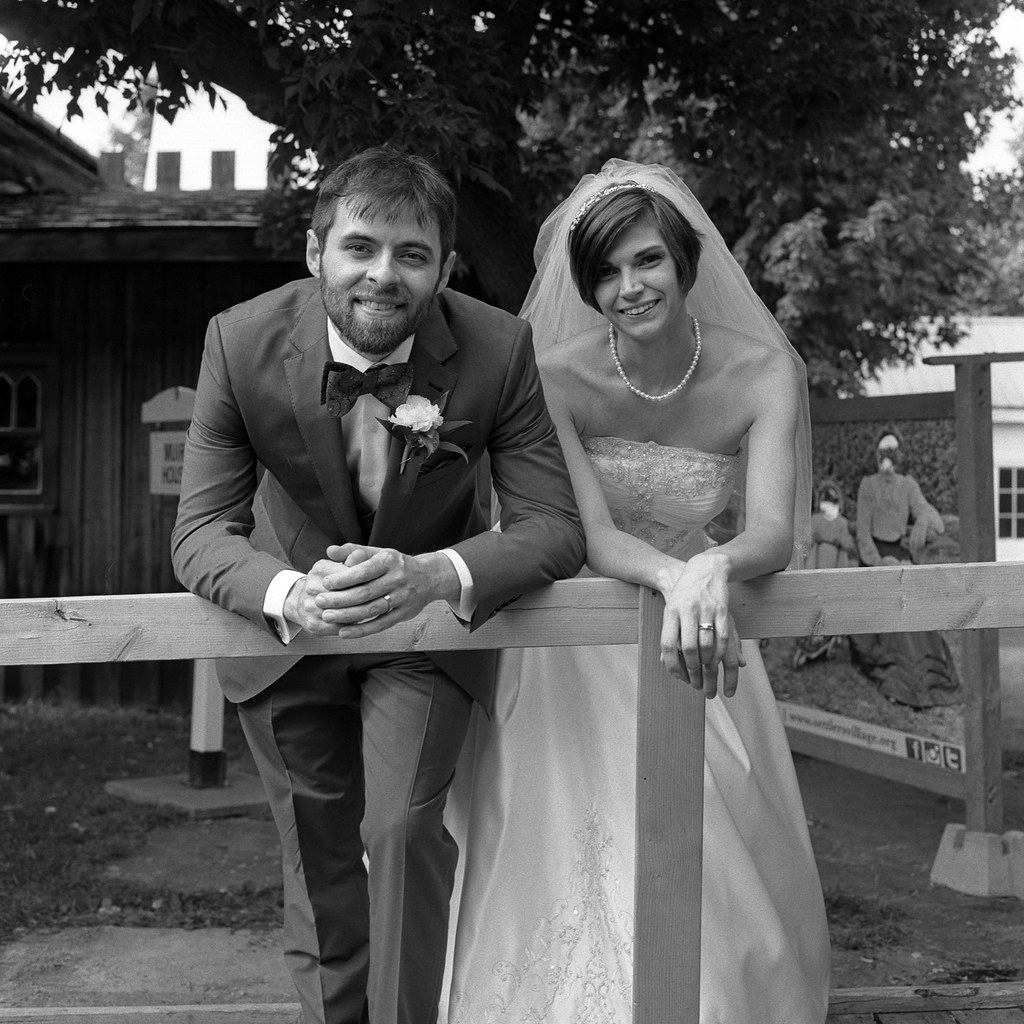

The release of the Hasselblad 500c saw a big risk and change in the Hasselblad camera. Gone was the focal plane shutter replaced instead with a Compur leaf shutter in the lens rather than the camera body. Something done in those days for cheap cameras. But the change presented a far more precision camera and one with a better build quality than the previous three cameras from the Sweedish companies. The risk proved worthwhile and professional photographers flocked to the new camera as the choice for a medium format. The 500c also introduced a modular system with interchangeable film backs that could be swapped mid-roll, multiple finders, and a wide series of high-quality Zeiss lenses and accurate Compur shutters. A contract from NASA in 1962 would provide Hasselblad with a massive public relations boost as they began to provide cameras for the growing manned space program. At NASA’s urging an electro-mechanical version, the 500EL saw release in 1965. Improved modularity was added with the 500c/m in 1970 that allowed for different ground glass screens but gave photographers the fact all their accessories and lenses continued to work on the new camera. They would further improve the 500EL in 1971 with the release of the 500EL/M. Victor’s final camera design would be released in 1977 with the 2000FC which saw the return of a focal plane shutter to a 500-Series camera. Victor would pass away a year later.



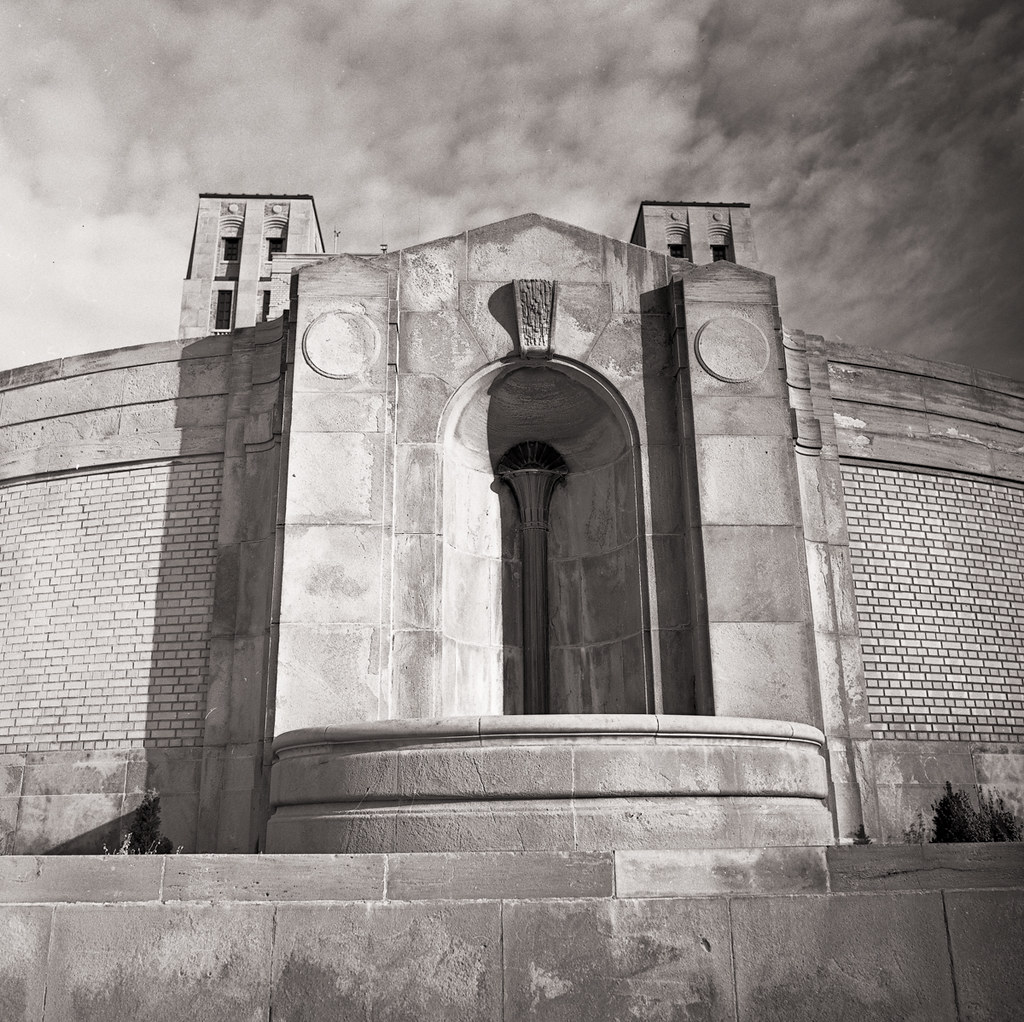
The 1980s saw the increased rise in electronics in cameras and proved an unlucky year for many European camera manufacturers. But Hasselblad weathered the decade well as many still demanded their quality cameras and continued improvements. Buoyed by the success of their 2000-series improvements continued through the first half of the decade with the 2000FC/M in 1981 and the 2000FCW in 1984. Twin releases in 1988 saw the first update to the 500-Series the 503C/X and the 2000FWC. As the 1990s dawned Hasselblad stopped production of the long-running 500C/M and the 10-year-old 503C/X and releasing the 501C. But in 1997 decided to update with the 501C/M and the 503C/W. Hasselblad continued to prove a contender despite still selling medium format film cameras as the digital age dawned. But they did so by producing their first digital camera the H-Series in the early 21st Century which retroactively renamed the 500-Series to the V-System. In 2005 production of the 501C/M and 503C/W ended replaced the next year by the 503C/XD. Production of the final film Hasselblad came in 2013. But then in 2019, the introduction of the CFVII 50D provided a digital back that could be used with most V-System cameras even the 500C from 1957.
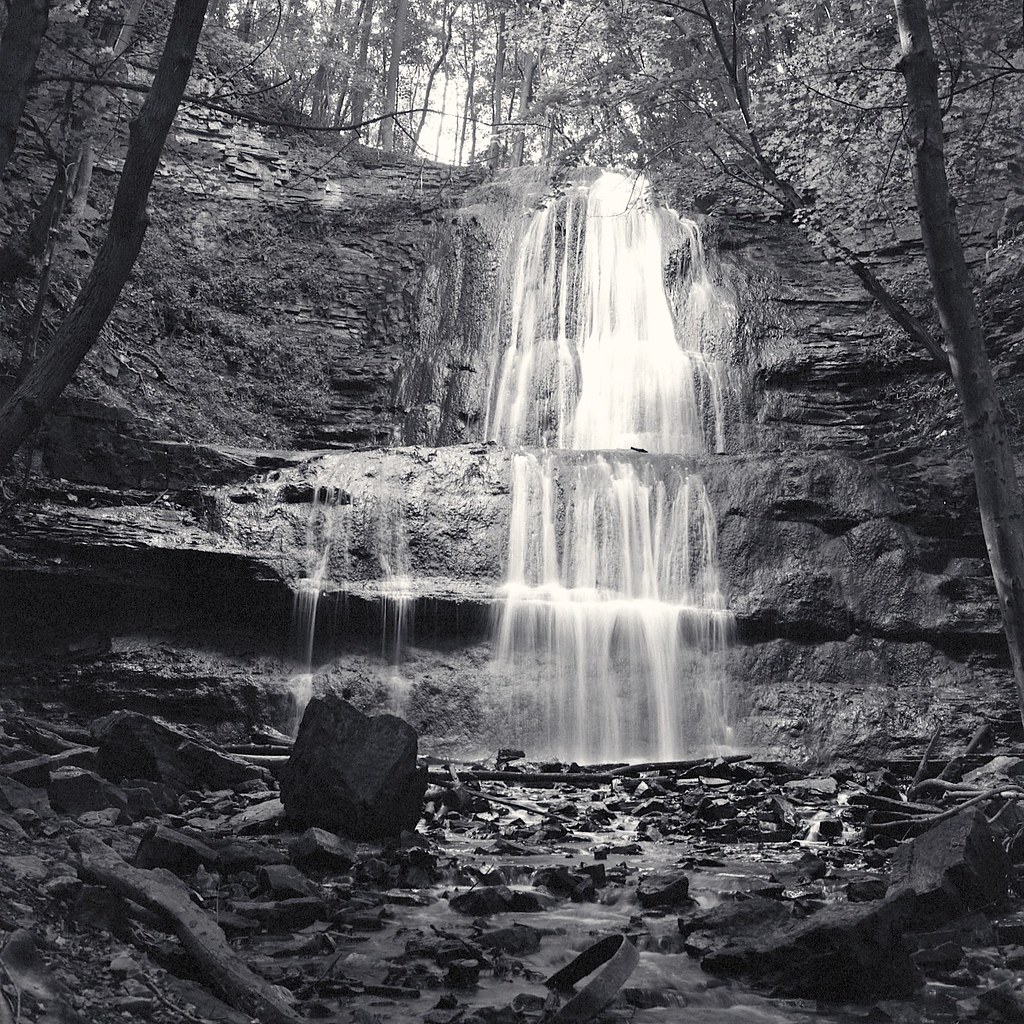

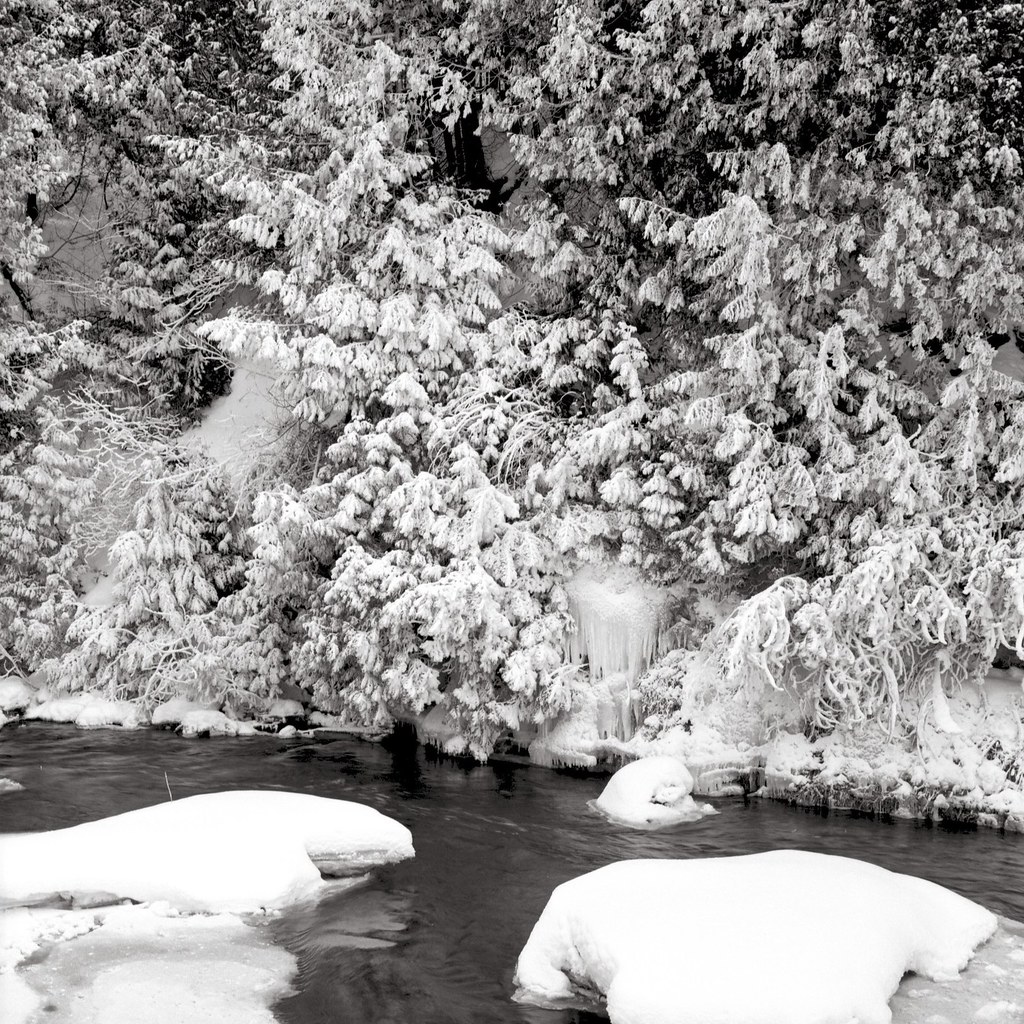
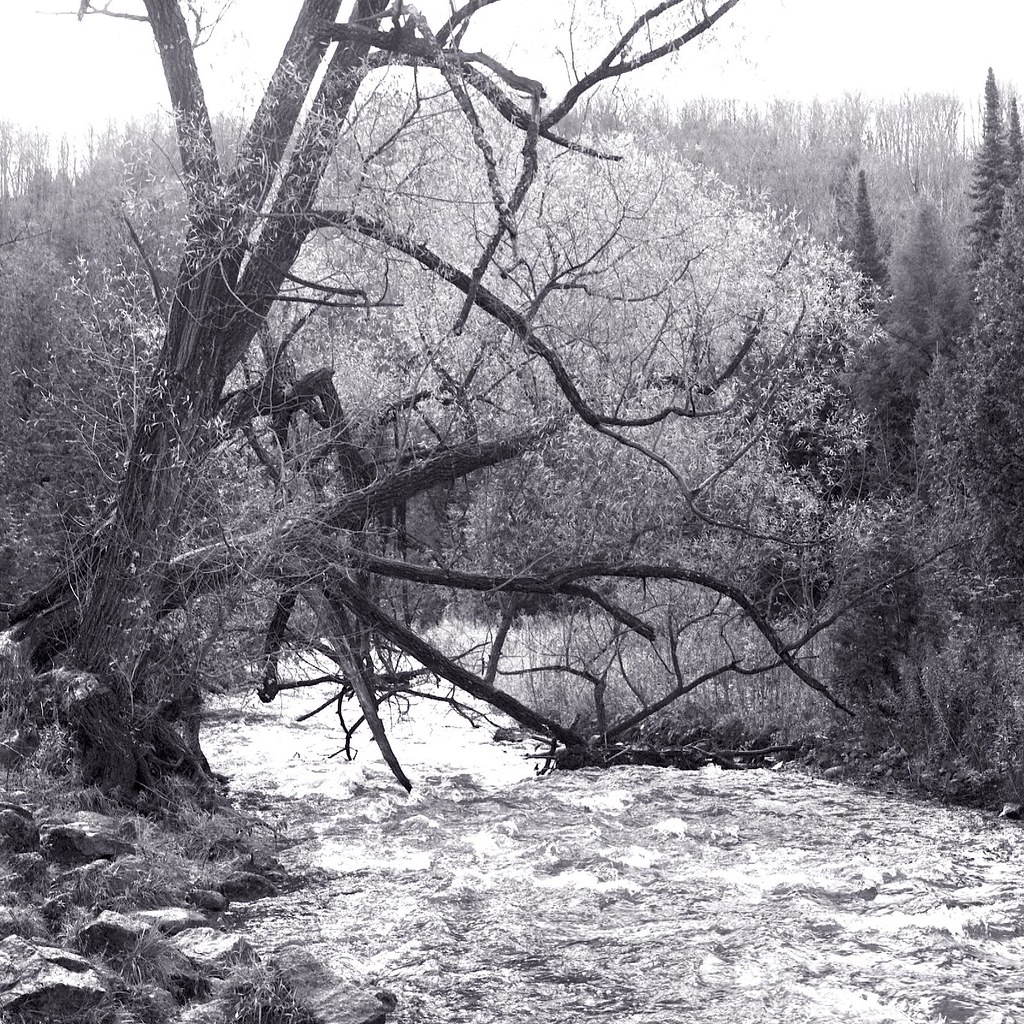
Today all Hasselblad cameras from 1957 to 2013 from the V-System remain highly valued and sought after. Known for their build quality, reliability and reputation. Not to mention the quality Zeiss optics that the system is directly tied. And you get what you pay for and you pay and pay when it comes to Hasselblad. On the used market even the older cameras don’t come cheap and the lenses and backs especially the A12 will set you back hundreds if not thousands of dollars. And being precision cameras require a trained hand to maintain and repair. We’re lucky here in Southern Ontario to have a Hasselblad trained technician who repairs and maintains the cameras and lenses as a side job but again you’re going to pay for his skill and service. And his work is top-notch and will have even your oldest Hasselblad running like new. So if you are interested in getting into the system do your homework, try them out, and be sure to buy from a trusted source. And in the hands of the right photographer, these cameras will sing.

The remainder of the show we talk with Marwen and Charys about the rise of SilverGrainClassics and PhotoKlassik International. If you’re wondering what this is, it is amazing high-quality film photography based magazine out of Germany. Their background and plans looking forward. If you’re looking for a last-minute gift for a fellow photographer, why not sign up for a subscription to PhotoKlassik, our own James Lee’s massive camera collection has been featured and now we are proud to partner with PhotoKlassik to give a 10% discount to our loyal listeners! Just visit their online store by clicking here and be sure to enter promo code CCR10 at check out, the code is good until the 31st of December 2019!
Want a subscription to PhotoKlassic International and are a fan of Classic Camera Revival? Visit their shop online and buy a magazine or a subscription! Looking for a good spot to get your gear and material fix check out Burlington Camera (Burlington, ON), Downtown Camera (Toronto, ON), Film Plus (Toronto, ON), Belle Arte Camera (Hamilton, ON), Pond’s FotoSource (Guleph, ON), Foto Art Camera (Owen Sound, ON). Out West there’s The Camera Store (Calgary, AB) and Beau Photo Supply (Vancouver, BC). Additionally you can order online at Argentix (Quebec), buyfilm.ca (Ontario), the Film Photography Project or Freestyle Photographic. Looking for development options, check out these labs that have our support, Boréalis Photo Lab, Old School Photo Lab, The Darkroom, and Film Rescue International.
Also you can connect with us through email: classiccamerarevivial[at]gmail[dot]com or by Facebook, we’re at Classic Camera Revival, Twitter @ccamerarevival, and Instagram (@classiccamerarevival)!
